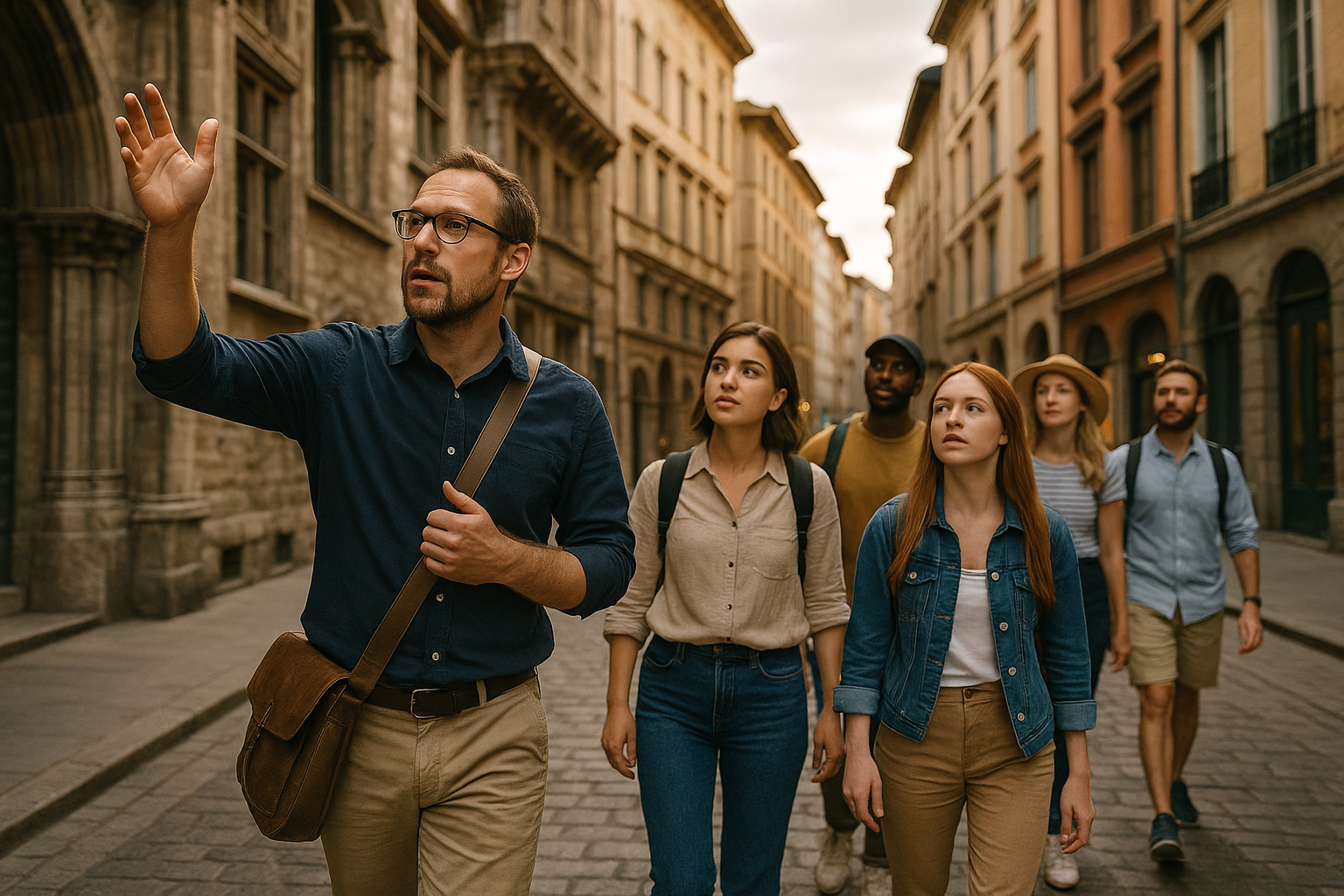The Resurgence of Walking Tours: An Immersive Way to Travel
Walking tours, a slow-paced and immersive travel trend, have a rich history that dates back to the ancient times when they were considered a form of pilgrimage. The tradition of long-distance walking continued during the Romantic era when poets and writers embraced this form of travel as a means of connecting with nature and seeking inspiration. Over the centuries, walking tours have evolved to become a popular choice for travelers seeking a more intimate experience of their destinations.

Current Trends: Walking Tours in the Modern Travel Landscape
Today, the popularity of walking tours is on the rise, thanks to a growing desire among travelers for more authentic, immersive experiences. These tours, often led by locals, provide in-depth insights into a city’s culture, history, and gastronomy. They allow travelers to explore at a leisurely pace, engage with the local community, and discover hidden gems that might be missed on a traditional tour. In essence, walking tours are a reflection of slow travel, prioritizing experiences over the rushed sightseeing that often characterizes modern tourism.
Walking Tours: The Pros and Cons
Walking tours offer numerous advantages for travelers. They are a sustainable form of travel, leaving minimal environmental impact. They also promote health and wellness, encouraging tourists to stay active during their travels. However, like any travel style, walking tours come with their own set of challenges. They might not be suitable for those with mobility issues or health conditions that limit physical activity. Weather conditions can also affect the tour experience. Despite these challenges, the unique perspectives and authentic experiences they provide make walking tours a worthwhile option for many travelers.
Research-Backed Insights on Walking Tours
Studies have shown that walking tours can significantly enhance the travel experience. A 2020 research paper in the Journal of Travel Research found that walking tours offer a deeper understanding and appreciation of local culture and history compared to conventional sightseeing tours. Similarly, a 2019 study published in the Tourism Management journal, suggested that walking tours can contribute to sustainable tourism by promoting local economies and reducing carbon footprints.
Walking Tours: A Deeper Dive
Walking tours are more than just a trend—they represent a shift in how we approach travel. They encourage us to slow down, to engage with our surroundings, and to value quality over quantity. They remind us that travel isn’t just about ticking off attractions on a list, but about immersing ourselves in new experiences, cultures, and perspectives.
Travel Enhancements: Walking Tour Tips
-
Start early: The best time for a walking tour is in the early morning when the city is just waking up.
-
Wear comfortable shoes: Comfortable footwear is a must when you’re on your feet for several hours.
-
Stay hydrated: Carry a water bottle to stay hydrated during your tour.
-
Research beforehand: A bit of pre-tour research can enhance your understanding and appreciation of the places you’ll visit.
-
Be present: Immerse yourself in the experience. Listen, observe, and engage with your surroundings.
In conclusion, walking tours offer an enriching and immersive travel experience that allows us to connect with our destinations on a deeper level. They remind us of the joy of slow-paced exploration and the beauty of truly experiencing, rather than merely visiting, a place. Whether you’re a seasoned traveler or a novice wanderer, consider incorporating a walking tour into your next travel itinerary and experience the transformative power of this simple yet profound travel style.




